Abdallah Alshantti
Privacy Re-identification Attacks on Tabular GANs
Mar 31, 2024
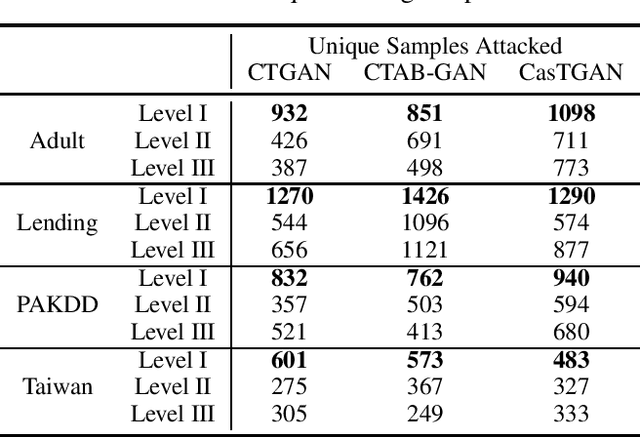
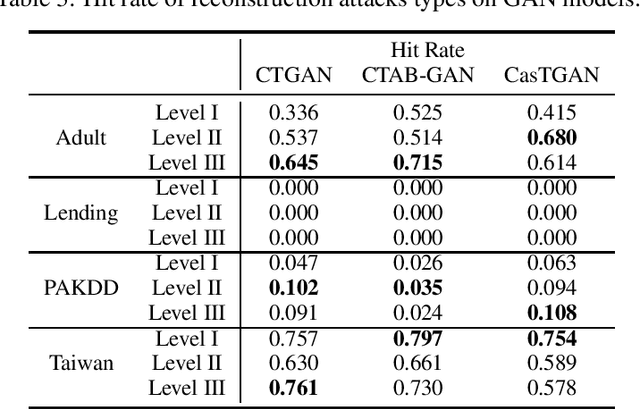
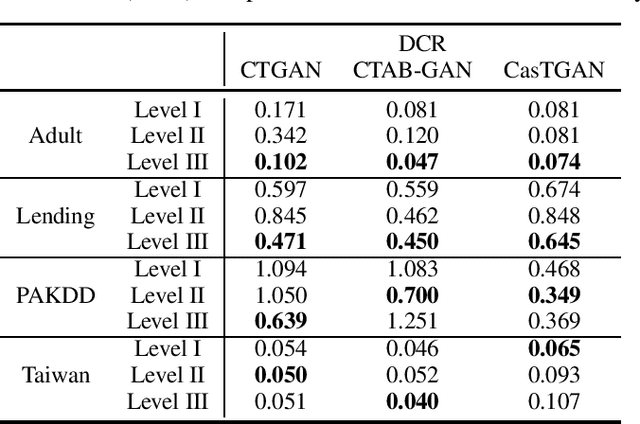
Abstract:Generative models are subject to overfitting and thus may potentially leak sensitive information from the training data. In this work. we investigate the privacy risks that can potentially arise from the use of generative adversarial networks (GANs) for creating tabular synthetic datasets. For the purpose, we analyse the effects of re-identification attacks on synthetic data, i.e., attacks which aim at selecting samples that are predicted to correspond to memorised training samples based on their proximity to the nearest synthetic records. We thus consider multiple settings where different attackers might have different access levels or knowledge of the generative model and predictive, and assess which information is potentially most useful for launching more successful re-identification attacks. In doing so we also consider the situation for which re-identification attacks are formulated as reconstruction attacks, i.e., the situation where an attacker uses evolutionary multi-objective optimisation for perturbing synthetic samples closer to the training space. The results indicate that attackers can indeed pose major privacy risks by selecting synthetic samples that are likely representative of memorised training samples. In addition, we notice that privacy threats considerably increase when the attacker either has knowledge or has black-box access to the generative models. We also find that reconstruction attacks through multi-objective optimisation even increase the risk of identifying confidential samples.
CasTGAN: Cascaded Generative Adversarial Network for Realistic Tabular Data Synthesis
Jul 01, 2023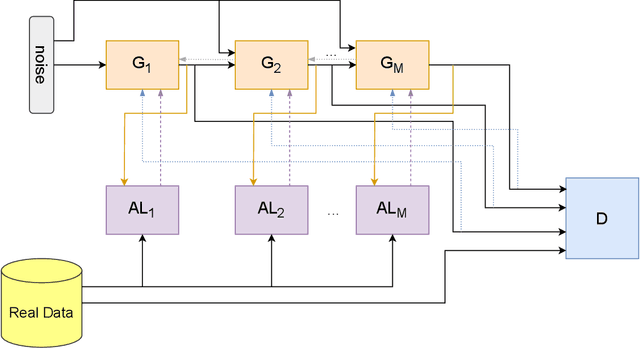
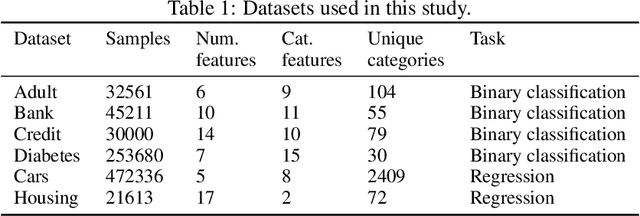
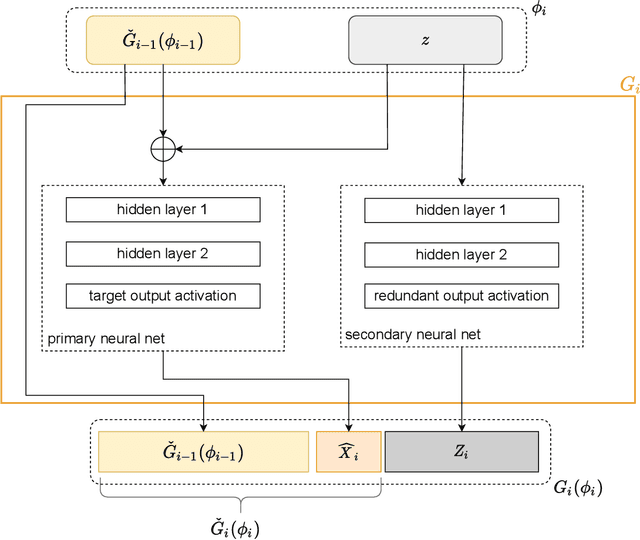

Abstract:Generative adversarial networks (GANs) have drawn considerable attention in recent years for their proven capability in generating synthetic data which can be utilized for multiple purposes. While GANs have demonstrated tremendous successes in producing synthetic data samples that replicate the dynamics of the original datasets, the validity of the synthetic data and the underlying privacy concerns represent major challenges which are not sufficiently addressed. In this work, we design a cascaded tabular GAN framework (CasTGAN) for generating realistic tabular data with a specific focus on the validity of the output. In this context, validity refers to the the dependency between features that can be found in the real data, but is typically misrepresented by traditional generative models. Our key idea entails that employing a cascaded architecture in which a dedicated generator samples each feature, the synthetic output becomes more representative of the real data. Our experimental results demonstrate that our model well captures the constraints and the correlations between the features of the real data, especially the high dimensional datasets. Furthermore, we evaluate the risk of white-box privacy attacks on our model and subsequently show that applying some perturbations to the auxiliary learners in CasTGAN increases the overall robustness of our model against targeted attacks.
 Add to Chrome
Add to Chrome Add to Firefox
Add to Firefox Add to Edge
Add to Edge